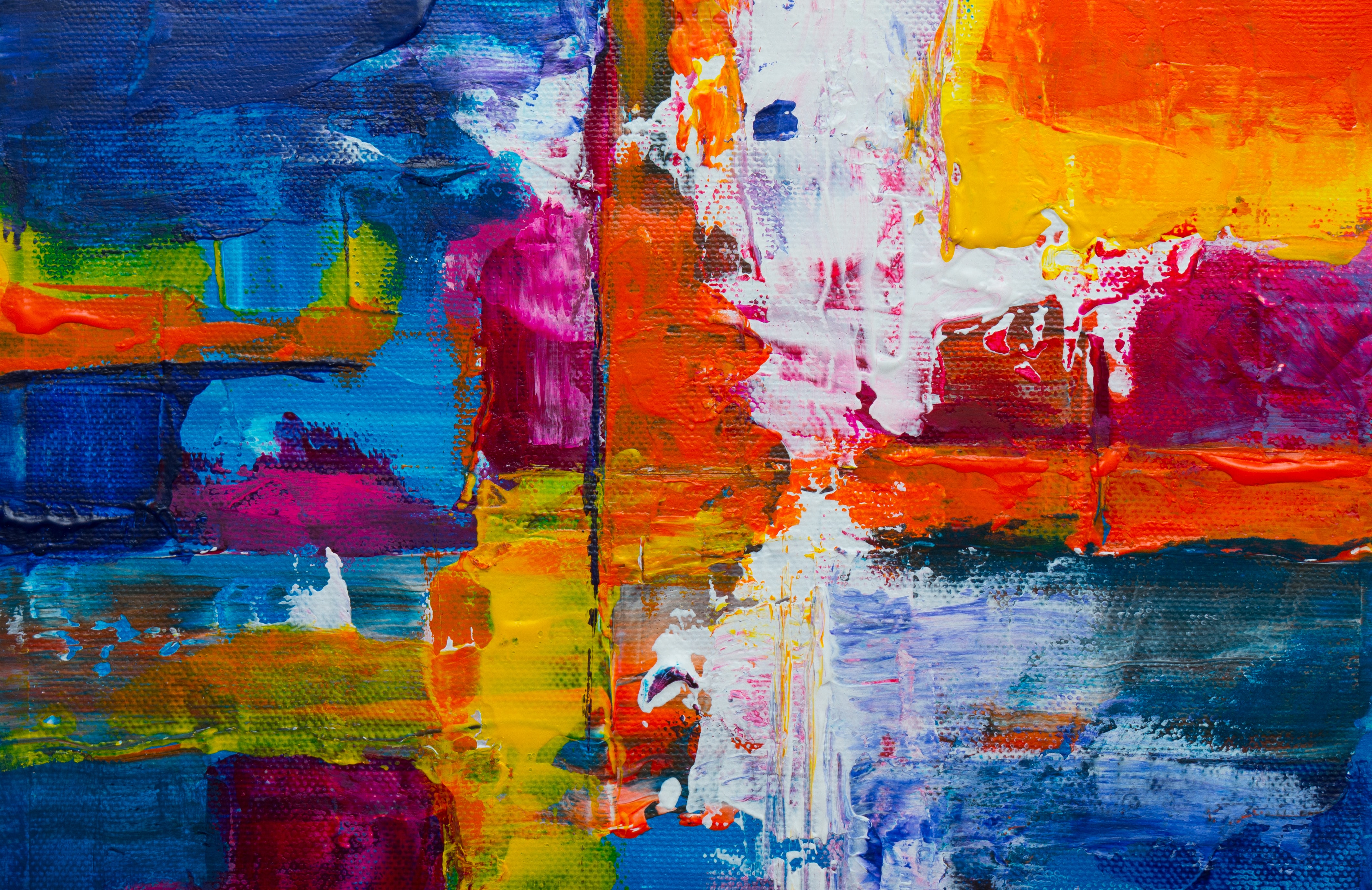Depression, anxiety, stress, everywhere you look these days. While human living conditions have been improving over time, our mental health seems to be declining.
But the mental health crisis we are living in also has a silver lining. Public discourse about our mental well-being is more open than ever - we are happier to talk with others about how we are really feeling. We are more open to seeking professional help, study and research on the subject is ever increasing, and we are learning how we can take care of our mental health pro-actively.
Besides exercise, a healthy diet, and strong relationships, art is one of the many ways through which we can boost our well-being.
Art makes you happier
Art is a great way to feel happier, even if you don’t think it is. The science of positive psychology focuses on the idea that we can make our own lives better, and it turns out that art is one of the ways we can do this:
- Art helps us feel more connected to others. When you see something beautiful or inspiring in art, it helps make you feel connected to others—to humanity as a whole.
- Art reduces stress levels for people who work in high-pressure jobs and those who live with chronic pain by improving moods and reducing symptoms of anxiety or depression.
- Art makes people relax more quickly than other activities such as watching TV or listening to music
By studying the physiological responses of viewers looking at art in museums, researchers have shown that viewing an artwork can elicit a remarkable range of positive health benefits.
Electroencephalogram (EEG) recordings reveal that viewing an art shows a pattern in brain activity similar to that experienced when we fall in love. It also lowers blood pressure and heart rates, and reduces anxiety and distress.
Painting is one of the oldest forms of human expression. The earliest paintings date back to the Upper Paleolithic period, around 40,000 years ago. Since then, artists have explored new ways to express their emotions through art. If you’ve ever gone to an art museum or gallery, you know that it can be a powerful experience—one that leaves you feeling inspired and uplifted.

Art adds years to your life
The benefits of art are well-documented, but worth repeating: increased longevity, lower stress and anxiety, reduced depression, increased happiness and energy levels and more positive emotions.
Researchers found that people who attended cultural events regularly were 31% less likely to die over a 14-year follow up period than those who didn't. It is thought that the same internal biochemical pathways related to stress reduction are activated when we engage with art as when we engage in contemplative or meditative practices such as yoga or tai chi.
Art keeps you sharp mentally
Art is a form of mental exercise, and it keeps your brain active. The left side of the brain is responsible for logical thinking, while the right side is responsible for emotional perception. Just like physical exercise helps both sides of our bodies, so does art: when we create something with our hands, our right brains are activated; when we discuss or critique art with others, our left brains are activated.
It is commonly accepted that older people who are actively engaged mentally tend to maintain their cognitive skills better than those who aren’t. Therefore, one way to prevent cognitive decline is through engagement with art, which exercises the left side of the brain (responsible for logical thinking), while simultaneously engaging the right side of the brain (responsible for emotional perception).
So, if you’re feeling a little down and out, go to a museum, or grab that brush or pencil and start creating some art. You don’t have to be an artist to benefit from these positive effects; just doing something creative for fun can help you feel good about yourself and improve your mental health.

Reading:
Gillam, T. (2018). Enhancing public mental health and wellbeing through creative arts participation. Journal of Public Mental Health.
Fancourt, D., & Finn, S. (2019). What is the evidence on the role of the arts in improving health and well-being? A scoping review.
Fancourt, D., & Steptoe, A. (2019). The art of life and death: 14 year follow-up analyses of associations between arts engagement and mortality in the English Longitudinal Study of Ageing. bmj , 367.
.png?width=70&height=500&name=TSLP%20(3).png)
.png?width=300&height=500&name=THE%20STRESS%20LESS%20PENCIL%20(3000%20%C3%97%20500%20px).png)

Comments